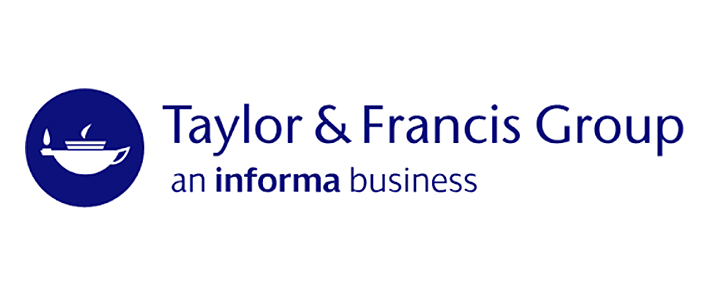Max-Plus Methods for Nonlinear Control and Estimation [electronic resource] / by William M. McEneaney.
Material type: TextSeries: Systems & Control: Foundations & ApplicationsPublisher: Boston, MA : Birkhäuser Boston, 2006Description: XIV, 246 p. online resourceContent type:
TextSeries: Systems & Control: Foundations & ApplicationsPublisher: Boston, MA : Birkhäuser Boston, 2006Description: XIV, 246 p. online resourceContent type: - text
- computer
- online resource
- 9780817644536
- 515 23
- QA299.6-433
Max-Plus Analysis -- Dynamic Programming and Viscosity Solutions -- Max-Plus Eigenvector Method for the Infinite Time-Horizon Problem -- Max-Plus Eigenvector Method Error Analysis -- A Semigroup Construction Method -- Curse-of-Dimensionality-Free Method -- Finite Time-Horizon Application: Nonlinear Filtering -- Mixed L?/L2 Criteria.
The central focus of this book is the control of continuous-time/continuous-space nonlinear systems. Using new techniques that employ the max-plus algebra, the author addresses several classes of nonlinear control problems, including nonlinear optimal control problems and nonlinear robust/H-infinity control and estimation problems. Several numerical techniques are employed, including a max-plus eigenvector approach and an approach that avoids the curse-of-dimensionality. Well-known dynamic programming arguments show there is a direct relationship between the solution of a control problem and the solution of a corresponding Hamilton–Jacobi–Bellman (HJB) partial differential equation (PDE). The max-plus-based methods examined in this monograph belong to an entirely new class of numerical methods for the solution of nonlinear control problems and their associated HJB PDEs; they are not equivalent to either of the more commonly used finite element or characteristic approaches. The potential advantages of the max-plus-based approaches lie in the fact that solution operators for nonlinear HJB problems are linear over the max-plus algebra, and this linearity is exploited in the construction of algorithms. The book will be of interest to applied mathematicians, engineers, and graduate students interested in the control of nonlinear systems through the implementation of recently developed numerical methods. Researchers and practitioners tangentially interested in this area will also find a readable, concise discussion of the subject through a careful selection of specific chapters and sections. Basic knowledge of control theory for systems with dynamics governed by differential equations is required.
There are no comments on this title.


























